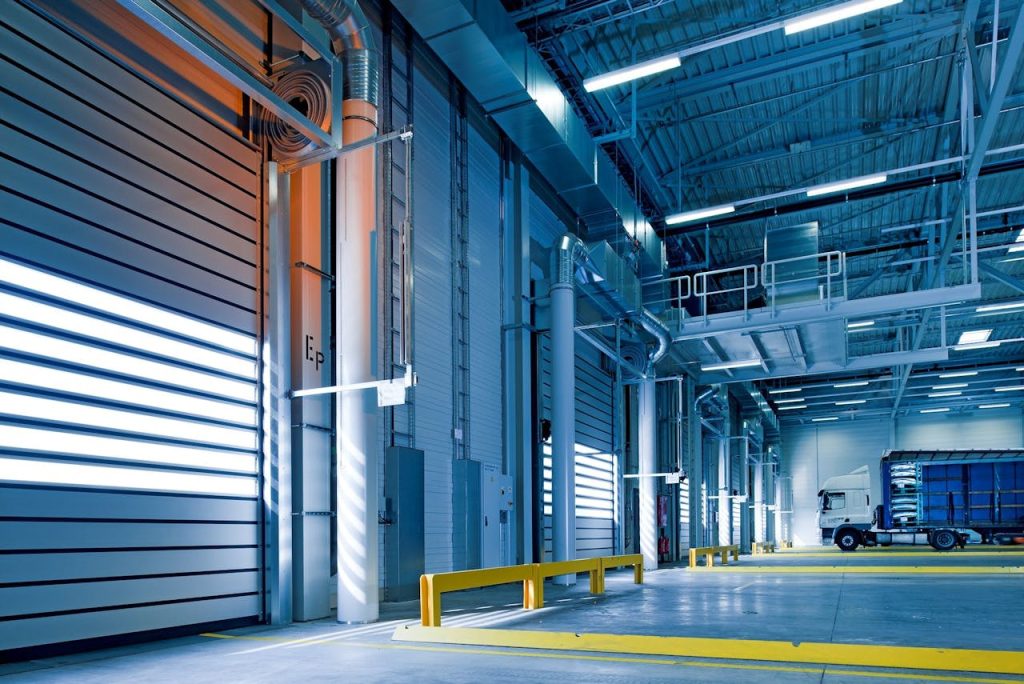In today’s fast-paced manufacturing industry, companies are constantly seeking innovative solutions to optimize their production processes, enhance efficiency, and stay ahead of the competition. As technology continues to advance, one groundbreaking solution has emerged as a game-changer: collaborative robots. These versatile machines, also known as cobots, have revolutionized the way manufacturers operate, offering a powerful combination of automation, adaptability, and human-robot collaboration. In this article, we will explore the remarkable capabilities of collaborative robots and their transformative impact on manufacturing.
Introduction: Embracing a New Era of Manufacturing
The world of manufacturing is evolving at an unprecedented rate, and traditional approaches are being redefined by the integration of advanced technologies. Collaborative robots represent a significant leap forward, combining the precision and efficiency of automation with the ability to work alongside human operators. By leveraging the strengths of both humans and robots, manufacturers can unlock a new level of productivity, flexibility, and safety.
The Rise of Collaborative Robots: Redefining Manufacturing Dynamics
Collaborative robots have quickly gained traction in various manufacturing sectors, thanks to their unique capabilities and versatile applications. Unlike their traditional counterparts, cobots are specifically designed to operate safely alongside humans, eliminating the need for physical barriers and enhancing collaboration on the factory floor. With their advanced sensors, intuitive interfaces, and lightweight construction, collaborative robots have opened up a wide range of possibilities across different industries.
Enabling Human-Robot Collaboration: The Key to Success
Collaborative robots are transforming the manufacturing landscape by facilitating seamless collaboration between humans and machines. With their user-friendly interfaces and intuitive programming, cobots empower human operators to work closely with robots, sharing tasks and leveraging each other’s strengths. This synergy results in improved efficiency, reduced physical strain, and enhanced job satisfaction for human workers.
Applications of Collaborative Robots: From Assembly to Quality Control
The versatility of collaborative robots allows them to excel in various manufacturing applications. Whether it’s assembly, material handling, or quality control, cobots are proving their worth across the production line. Let’s explore some key areas where collaborative robots are making a significant impact:
1. Assembly and Sub-Assembly Tasks
Collaborative robots streamline assembly processes by precisely handling components, performing repetitive tasks, and assisting with intricate assembly operations. Their high precision and repeatability ensure consistent quality, while the ability to adapt to changing production needs allows for seamless integration into existing workflows.
2. Material Handling and Logistics
In the realm of material handling, collaborative robots excel at tasks such as picking, placing, and transferring objects. With their advanced sensing capabilities, cobots can navigate complex environments, work alongside human workers, and optimize the flow of materials, reducing cycle times and minimizing errors.
3. Quality Inspection and Testing
Collaborative robots are revolutionizing quality control by conducting thorough inspections, measurements, and tests with unparalleled accuracy and speed. Equipped with vision systems and sensors, cobots can detect defects, verify product specifications, and ensure adherence to stringent quality standards, ultimately improving overall product quality.
4. Repetitive and Ergonomically Demanding Tasks
By taking over repetitive and physically demanding tasks, collaborative robots alleviate the burden on human workers, reducing the risk of injuries and musculoskeletal disorders. Cobots excel at handling monotonous tasks, freeing up human operators to focus on more value-added activities that require creativity and problem-solving skills.
Success Stories: Real-World Examples of Cobots in Action
The real power of collaborative robots lies in their practical applications and the tangible benefits they bring to manufacturing operations. Here are a few notable success stories showcasing the transformative impact of cobots:
Case Study 1: Automotive Manufacturing
In an automotive manufacturing plant, collaborative robots have revolutionized the assembly line by working alongside human workers to complete complex assembly tasks. With their ability to precisely install components, tighten fasteners, and perform quality inspections, cobots have significantly improved productivity, reduced errors, and enhanced worker safety.
Case Study 2: Electronics Industry
Collaborative robots have also made their mark in the electronics industry. In circuit board assembly, cobots excel at tasks such as pick-and-place operations, soldering, and quality control checks. By seamlessly integrating into the production process, cobots have increased throughput, improved product quality, and shortened time-to-market for electronic devices.
Case Study 3: Pharmaceutical Manufacturing
Pharmaceutical manufacturing demands stringent quality control measures, and collaborative robots have proven invaluable in this regard. Cobots perform tasks such as packaging, labeling, and inspecting pharmaceutical products, ensuring accuracy, traceability, and compliance with regulatory requirements. By working alongside human operators, cobots enhance efficiency, reduce errors, and uphold the highest quality standards.
The Future of Collaborative Robots: Unlocking New Possibilities
As technology continues to advance, collaborative robots will play an increasingly significant role in shaping the future of manufacturing. Here are some exciting possibilities on the horizon:
1. AI-Driven Collaborative Robots
By integrating artificial intelligence (AI) capabilities, collaborative robots will become more autonomous and adaptive. AI algorithms will enable cobots to analyze data, make informed decisions, and continuously optimize their performance, leading to even greater efficiency and productivity gains.
2. Advanced Sensing and Perception
Future collaborative robots will possess enhanced sensing capabilities, allowing them to interact more intuitively with their surroundings. With advanced perception systems, cobots will be able to adapt to dynamic environments, handle delicate objects, and collaborate seamlessly with human workers.
3. Seamless Integration with IoT and Cloud Computing
Collaborative robots will become integral components of smart manufacturing systems, connecting with the Internet of Things (IoT) and leveraging cloud computing capabilities. This integration will enable real-time data sharing, remote monitoring, and centralized control, further enhancing operational efficiency and providing manufacturers with valuable insights.
Conclusion: Embracing the Power of Collaboration for Manufacturing Success
Collaborative robots have emerged as a disruptive force in the manufacturing industry, empowering companies to achieve new levels of efficiency, productivity, and safety. By combining the strengths of human workers and robots, manufacturers can optimize their operations, streamline processes, and remain competitive in a rapidly evolving market. As we embrace the era of human-robot collaboration, the potential for innovation and growth in manufacturing is boundless.

